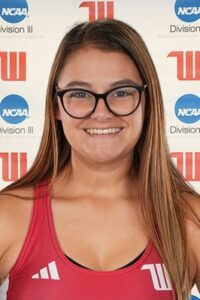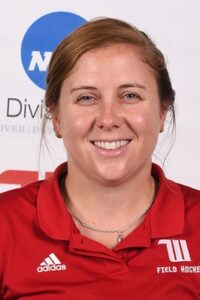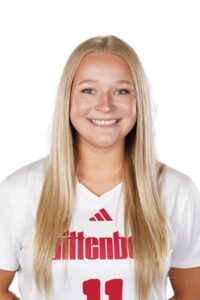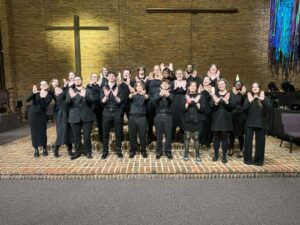Every time it rains, the residents of Springfield and the species of Buck Creek are exposed to a nasty cocktail of “raw…untreated sewage” and other pollutants, such as “sediment, oil, antifreeze, fertilizer, pesticide, and animal waste.”
These words were taken directly from the official site of the city of Springfield, which acknowledges the presence of a combined overflow system as a part of Springfield City Water Management Program. The combined overflow system, which is almost 80-years-old, is not equipped for heavy rainfall. To deal with the extra rain water of a big storm, the Springfield city sewer system overflows directly into the waters of Buck Creek, a vital ecosystem that exists just a short walk away from Wittenberg’s campus.
While heavy rainfall and elevated water levels represent natural variation in the Buck Creek ecosystem, the accompanying presence of raw sewage and other pollutants does not. We deceive ourselves by ignoring the potential biological impacts of introducing these pollutants through the combined overflow system. Throughout this semester, for instance, group members and I have researched several aspects of the anatidae family (which includes geese, ducks, and swans) as a part of Amber Burgett’s Biology in a Changing World class. None of the projects have brought me to any research about the geese, ducks, and swans of the Springfield area; birds that swim and feed in and along the contaminated waters of Buck Creek. What are the consequences of swimming in tainted water and eating possibly mutated organisms for these birds? Our indifference to issues of biological consequence is evident in the lack of Ohio-based research!
I chose to discuss my difficulty in finding Ohio-based research because I feel it embodies the very problem of the combined overflow system. Raw sewage and other pollutants flow directly into the waters of a diversely populated community, and the city openly acknowledges it on their website. While people seem to be fairly cognizant of this issue, I am not aware of any efforts to monitor the effects that the combined overflow system has on the species that live in Buck Creek. The city of Springfield, which includes the Wittenberg community, allows this dangerous disturbance in the Buck Creek ecosystem, and we appear to have little understanding of what the implications might be.
One strategy to increase our understanding of the combined overflow system exists within Wittenberg’s biology department, if only it weren’t so dangerous for students to participate in field experience! Burgett, who teaches Freshwater and Stream Ecology classes, said, “The Biology Department would like to use [Buck Creek] for labs. Unfortunately, I’ve had to cancel labs and alter our schedule several times as a result of the combined over flow system. Any time it rains, there is the potential for sewer discharge to be released into Buck Creek, which makes it a human health risk.”
The combined overflow system presents several problems. It puts all Springfield residents at risk for exposure to dangerous pollutants while limiting the frequency of field experience for students in the Biology department! Sadly, little more than a short walk from campus separates the Wittenberg community from the richly diverse waters of Buck Creek. The danger of being in and around polluted water keeps students from participating in valuable field experience. If the city of Springfield prioritizes the renovation of the combined overflow system, it would protect its citizens while opening doors for Wittenberg students to participate in vital, enriching field experience.
The combined overflow system technically complies for EPA standards for “a plan that will ultimately provide for full compliance.” And while I’m glad that Springfield city’s water management program does not conflict with the Clean Water Act, I feel that we need a clearer understanding of the implications of the combined overflow system before we can content ourselves with mere legal compliance. I understand that the total renovation of the combined overflow system represents a huge expense to the city.
While Springfield goes through this period of transition, I urge members of the Springfield and Wittenberg community to to have an active awareness of this issue. While the biological implications of the combined overflow system accompany limitations to both the Springfield and Wittenberg communities, I feel that the presence of the combined overflow system presents us with many opportunities for education, research, and activism.
Let’s take advantage of it.







